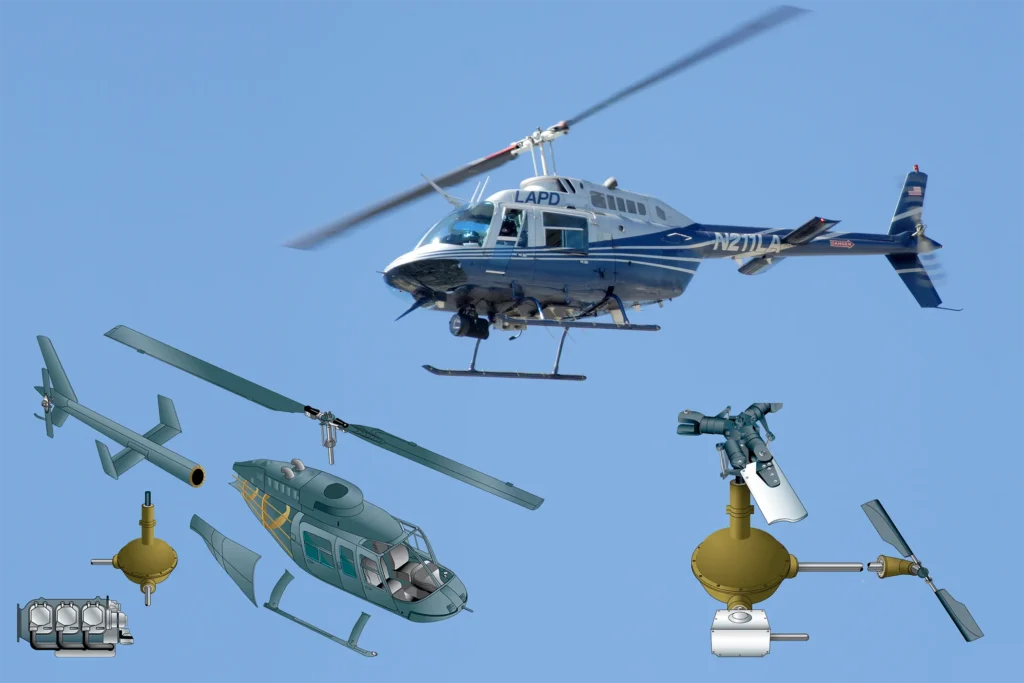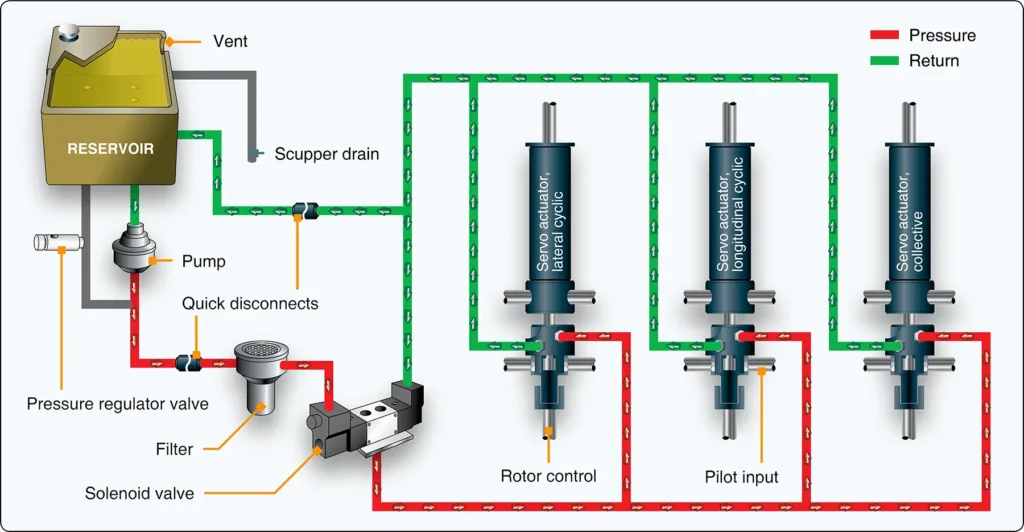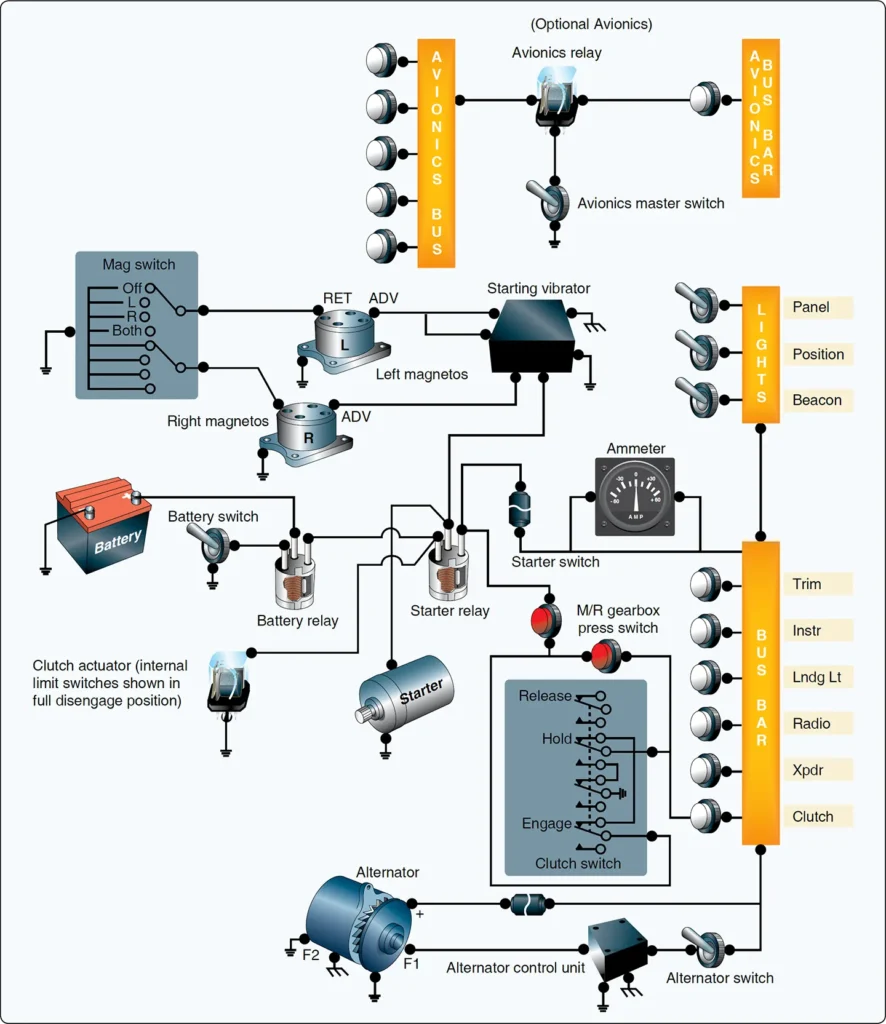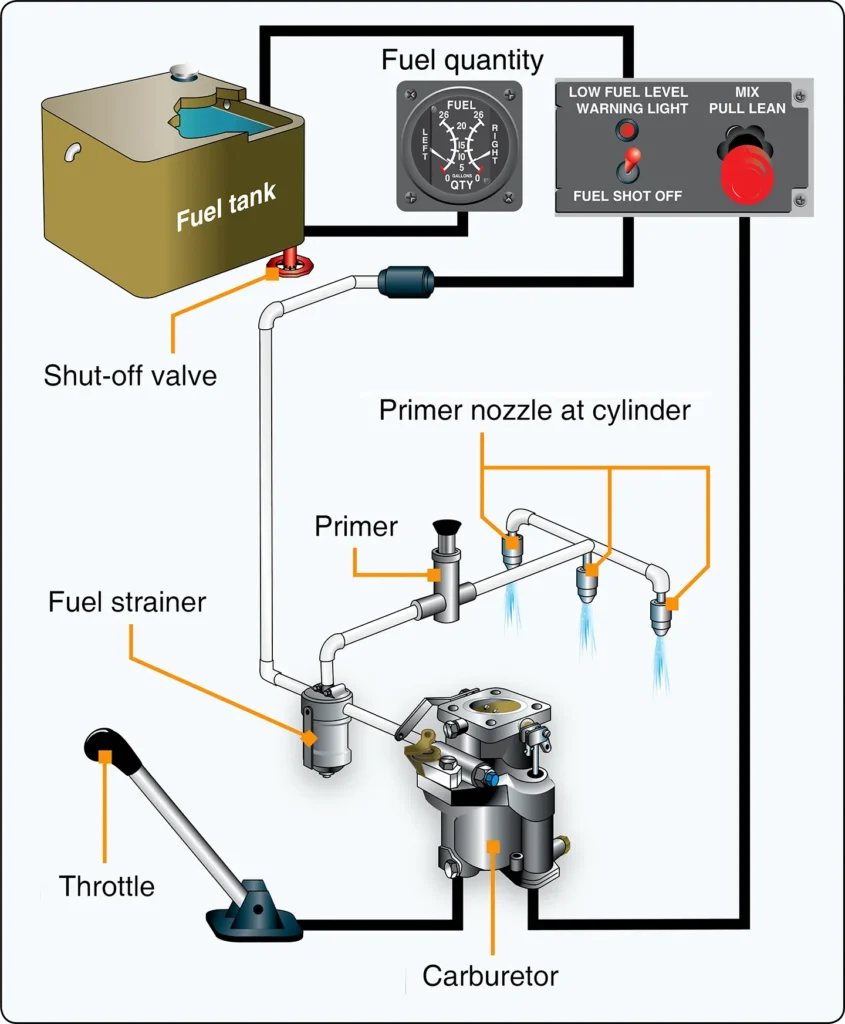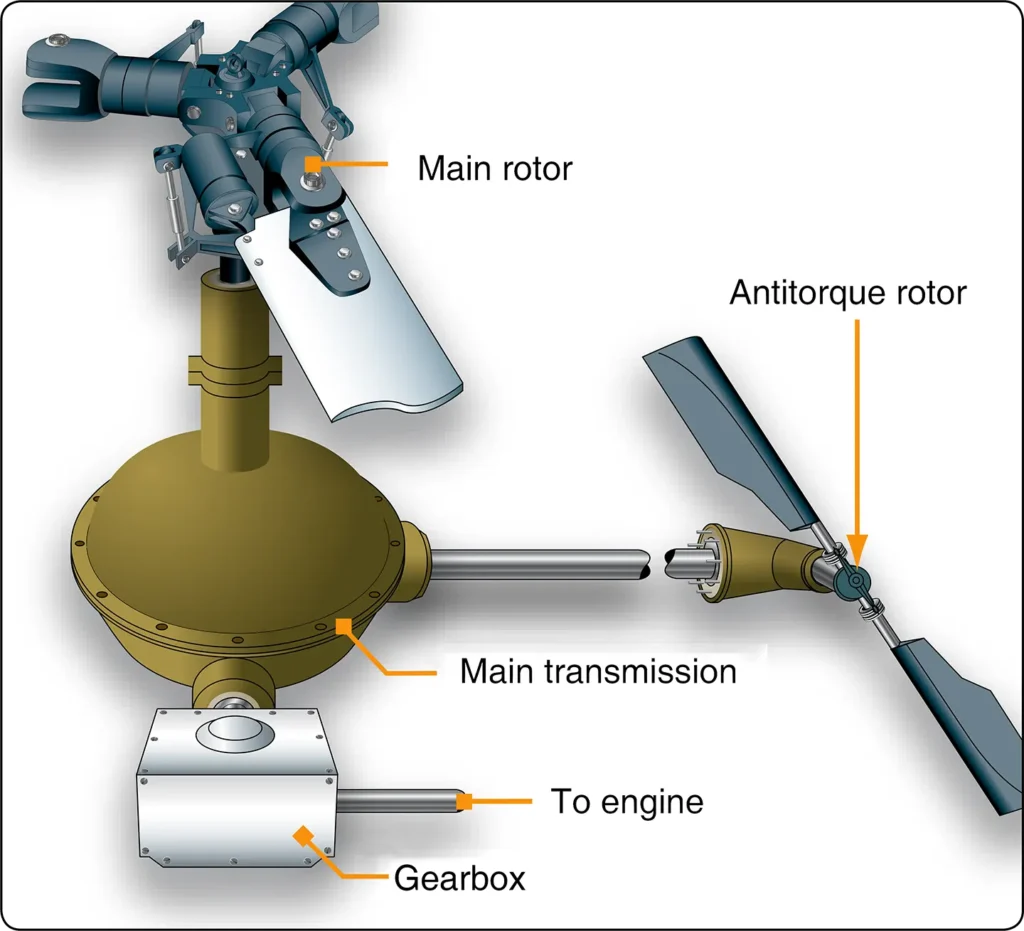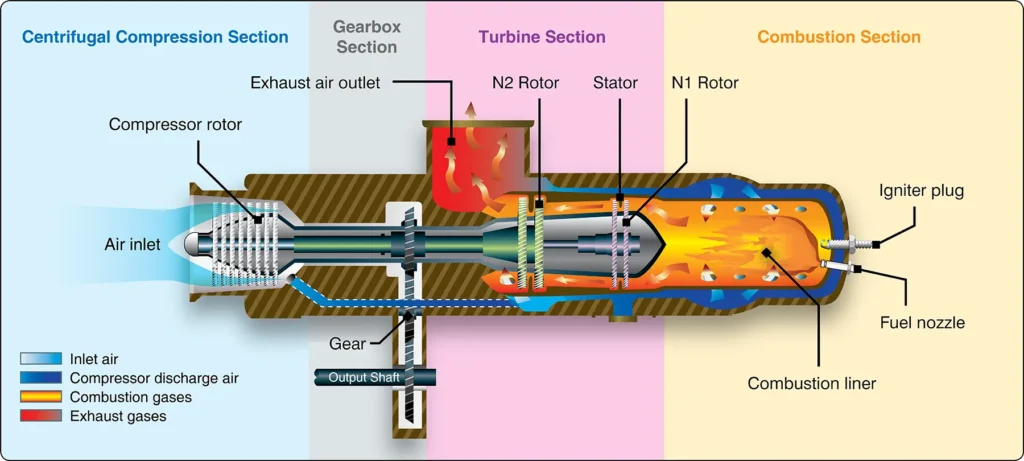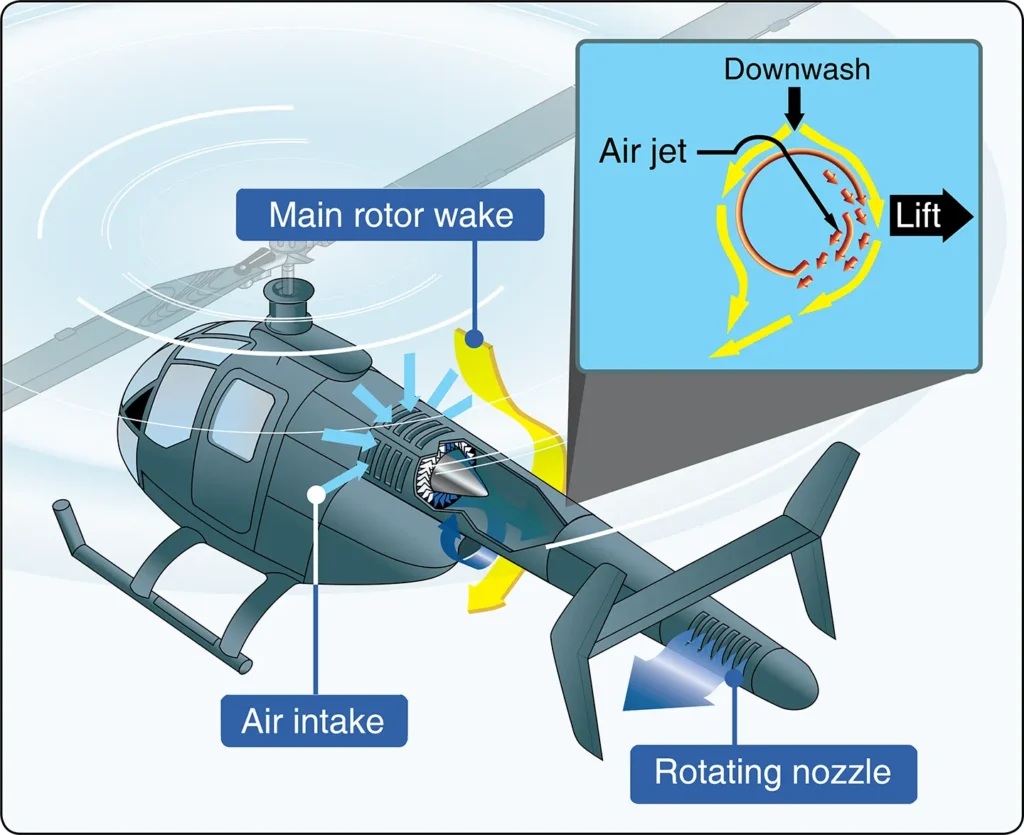Helicopter Environmental Systems
Flying Training, Helicopter FlyingHeating and cooling the helicopter cabin can be accomplished in different ways. The simplest form of cooling is by ram air. Air ducts in the front or sides of the helicopter are opened or closed by the pilot to let ram air into the cabin. This system is limited as it requires forward airspeed to […]

